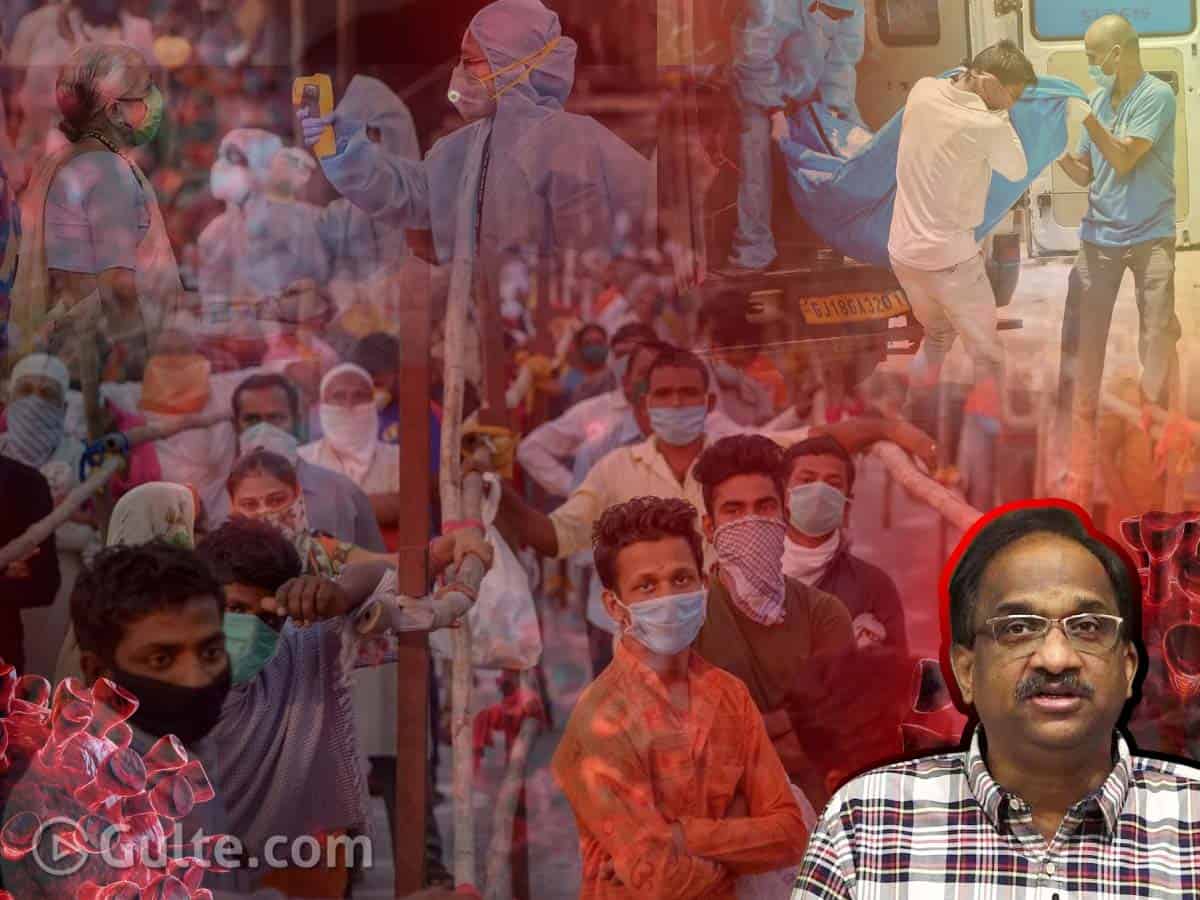India’s policy response to the pandemic was always marked by a false sense of pride and irrational optimism. Several theories were floated to claim that the pandemic impact would not be so grave in India.
The theories included weather, behavioural patterns, food habits, genetic makeup, BCG immunization, earlier exposure to epidemics, etc., unique to India. Yet another theory was that a weaker strain of the corona virus is under circulation in India.
The ruling dispensation advanced the theory that the strict containment measures implemented by the government helped it to limit the spread of the virus. But all these theories proved to be fallacious, with India emerging as a nation most affected by the pandemic.
The country with a total caseload of 65 lakhs and over a lakh deaths today has the second largest number of cases in the world next only to the United states. It stands third in terms of the number of deaths due to COVID-19, next only to the United States and Brazil.
The recent theory is that India has already reached its peak and the pandemic started waning in India. Such irrational exuberance will prove to be costlier if one is ready to learn from the experiences of other nations.
The trajectory of the corona virus is highly unpredictable. Hasty conclusions on the path of the disease are highly unwarranted. Any complacency in the country’s guard against the pandemic will certainly be disastrous.
The number of daily new cases is indeed coming down in the recent past. The daily caseload declined from 90,000 a day to 83,000 a day between September 17 and 30. Though it is a welcome development, the international experience suggests that the cases may rise later. In the United States, daily cases steadily plummeted from 70,000 in July to 24,000 in September, to ascend again to 50,000 this week.
The second factor that warrants caution is the fact that India’s test positivity is not declining substantially. On September 23, it was 8.52% and as of October 4, has fallen to 8.2 percent. This is still far higher than the WHO’s suggested safety barrier of less than 5 percent.
The official assertion that India has already reached the peak of the pandemic is also shaky on yet another ground. The peak is a hypothetical concept. It greatly depends on the number of tests done at a given point of time. A conclusion on whether the corona curve has flattened or declining can be arrived at only after a fall in positivity rate and the number of cases consistently for a few weeks. Experiences of other countries also indicate the possibility of a second wave of infection.
Therefore, instead of arguing about whether or not India has reached its peak, a constant vigil is the better public policy option as the pandemic is far from over. The ICMR second sero survey also reveals that only 7 percent of India’s adult population has been infected so far. This indicates a much greater possibility of further spread in infection before India touches the peak of the daily new caseload.
By – Prof K Nageshwar
For Prof K Nageshwar’s views please subscribe to
Telugu Videos | English Videos
Tags Covid-19 Prof K Nageshwar
 Gulte Movie News And Politics
Gulte Movie News And Politics

















